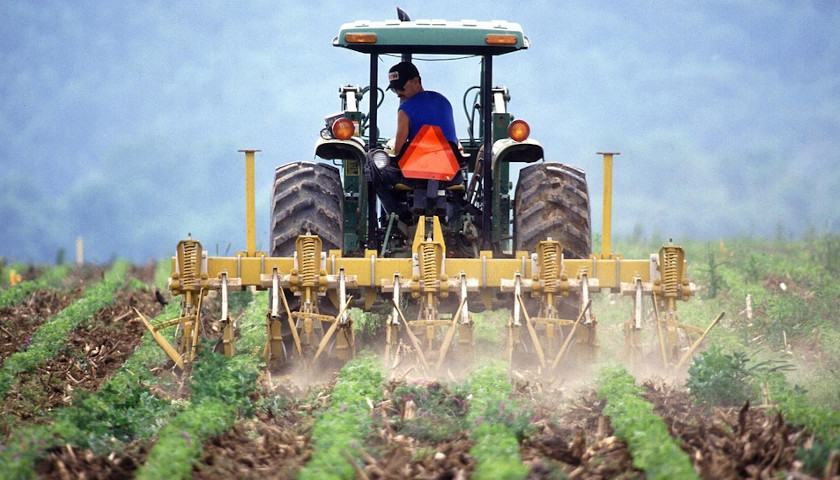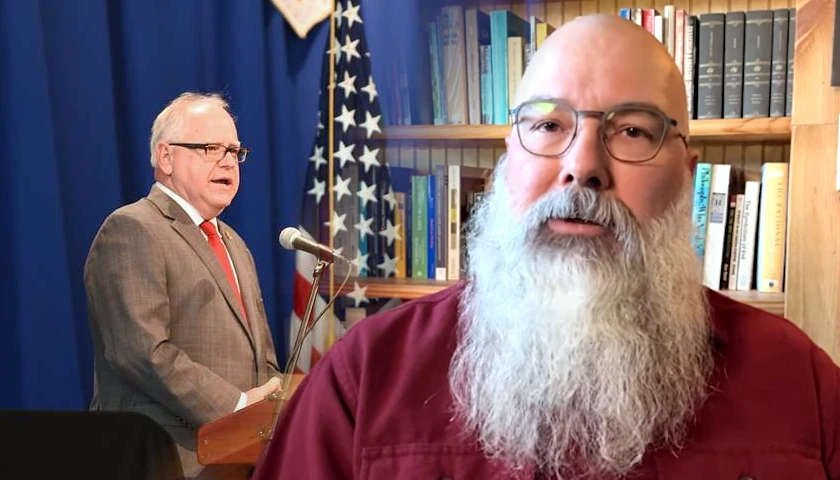by Scott McClallen
Gov. Tim Walz asked for President Joe Biden’s continued support for the biofuels program last week, despite economists’ concerns over concerns about biofuels’ inefficiency and costs.
Biofuels — bioethanol and biodiesel derived from plants — since 2005 have been pitched as a solution to climate change because they decrease dependency on fossil fuels.
But there are dispersed nationwide taxpayer costs and concentrated benefits to select corn-growing states that profit from biofuels despite higher opportunity costs, Hillsdale College Economics and Public Policy Professor Gary Wolfram said.
“We’re redirecting resources away from where the consumer values it the most,” Wolfram said.
Iowa, Nebraska, and Illinois are top corn producers, while Minnesota ranks fourth in corn production.
“They’re just trying to redirect resources to the people who grow corn in Minnesota,” Wolfram told The Center Square in a phone interview.
To argue for the corn-based ethanol subsidy, lawmakers would have to relate biofuels proportionally to fewer carbon emissions and place a dollar amount on that good related to the external cost on others and unaccounted for in the price system, Wolfram said.
But the subsidy amount likely won’t be related to the “good” the corn-based ethanol brings, Wolfram added, because the subsidy amount will depend on the political process, not on the externality analysis.
Wolfram pointed out there’s not a sugar cane ethanol subsidy because that comes from Brazil, not the United States.
Instead, Wolfram suggested a cash prize for a solution that removes carbon from the air, which might be cheaper than reducing carbon emissions, an idea to which serial entrepreneur Elon Musk has donated $100 million.
There are unintended consequences when you subsidize corn-based ethanol because people respond to incentives. Since Congress passed the federal ethanol mandate in 2005, the increased demand for commodities resulted in farmers chasing higher prices by converting more than 7 million acres of native land into cropland, according to the National Wildlife Federation.
Overconverting farmland to produce corn requires large amounts of fertilizer and pesticides, which hurts water quality when those products runoff into water sources, explains University of Iowa environmental engineering professor Jerald Schnoor in a National Institutes of Health article.
The Wall Street Journal reported that environmental groups estimated between 2008 and 2022, biofuels will receive $420 billion in subsidies.
Biofuels are also incredibly inefficient compared to petroleum fuels.
Fuels are ranked by energy efficiency, called the energy return on investment (EROI), which impacts the price.
“Petroleum has an EROI of 16, versus just 5.5 for biodiesel from soybeans, which account for about 60% of U.S. biodiesel output,” analyst Jude Clemente wrote in Forbes magazine. “In reality, this means that biofuels contradict state and national goals/mandates to deploy energy efficiency as a ‘priority resource’ to reduce both energy usage and greenhouse gas emissions.”
There’s also the opportunity costs of blending ethanol into fuel.
From 2007 to 2014, the New York Times pegs U.S. drivers paying an annual $10 billion in extra costs to blend ethanol into gasoline.
Also, diverting corn to burn in fuel means that corn can’t feed families or livestock.
In 2015, The Economist reported 40% of the U.S. corn crop was used to produce ethanol in 2011. If all American maize-turned-ethanol were instead used as food, the report said, global corn supply would increase by 14% — fighting hunger in America and across the globe.
“When we superimpose the US and [European Union] biofuel mandates, world food prices go up by 32 percent,” Resources magazine found.
A FarmEcon paper found that following 2006 ethanol mandates, food prices have increased, with an American family of four paying $2,055 more in food bills than the 1950 to 2005 trend line.
Ujjayant Chakravorty, an economics professor at Tufts University, wrote that the subsidy actually causes an increase in carbon emissions because of all the new land farmed.
– – –
Scott McClallen is a staff writer covering Michigan and Minnesota for The Center Square. A graduate of Hillsdale College, his work has appeared on Forbes.com and FEE.org. Previously, he worked as a financial analyst at Pepsi.





